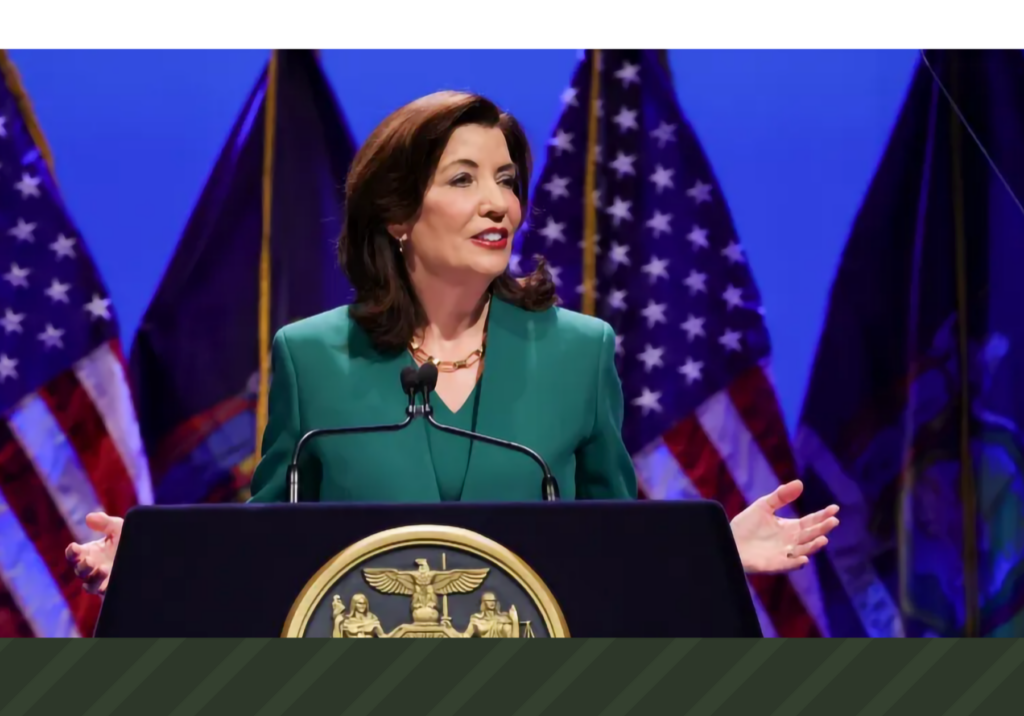On February 24, 2021, the Appellate Division, Second Department issued a much anticipated decision that is likely to leave many interested parties, especially insurers, unsatisfied. The decision, Alleviation Medical Svcs. v. Allstate Ins. Co., 2021 N.Y. Slip Op. 08159 (App. Div., 2nd Dept. 2/24/21), was expected to clarify questions as to when No-Fault coverage is exhausted and, insurers hoped, resolve a split between the First and Second Departments on the issue. The specific issue that garnered so much attention in this case is whether an insurer can be compelled to pay in excess of its policy limits if, after coverage is exhausted, a court finds that claims that were previously denied should have been paid. The decision failed to directly address that issue and was instead decided based on the inadmissibility of the moving defendant’s evidence. As a result, the coverage exhaustion issue remains up in the air and will likely be the subject of further litigation for a long time to come.
New York’s Insurance Law requires every automobile liability insurance policy to include $50,000 in coverage for Mandatory Personal Injury Protection, commonly referred to as “No-Fault” coverage. No-Fault coverage provides for reimbursement of an eligible injured party’s basic economic loss, which consists of actual medical expenses, lost wages, and certain other necessary expenses. As a result, No-Fault benefits are rarely paid in one lump sum. Rather, claims for individual medical bills, lost wages, and expenses are submitted over time by the injured party and/or medical providers to whom the injured party has assigned their benefits and insurers are required to pay or deny each claim promptly upon receipt. Payments are to be made in the order in which the expenses were incurred, provided the claim is submitted to the insurer prior to coverage being exhausted. But what happens when a claim is denied, coverage is subsequently exhausted, and then a court determines that the denial was late, defective, or otherwise improper? For example, an insurer denies a bill for surgery based on lack of medical necessity but continues to pay subsequent bills for conservative treatment such as physical therapy until reaching the $50,000 coverage limit. After coverage is exhausted, the surgeon files a lawsuit seeking reimbursement and the court ultimately finds that the surgery was medically necessary. Is the insurer required to pay the surgery bill.
Since 2017, the First and Second Departments have been split on this issue. In 2015, the Appellate Term, First Department decided Harmonic Phys. Therapy, P.C. v. Praetorian Ins. Co., 47 Misc.3d 137(A) (App. Term, 1st Dept. 2015), which held that “defendant was not precluded by 11 NYCRR 65-3.15 from paying other providers’ legitimate claims subsequent to the denial of plaintiff’s claims. Adopting plaintiff’s position, which would require defendant to delay payment on uncontested claims, or, as here, on binding arbitration awards – pending resolution of plaintiff’s disputed claim – ‘runs counter to the no-fault regulatory scheme, which is designed to promote prompt payment of legitimate claims’.” In other words, once a claim is timely denied, the insurer can continue paying undisputed claims without the fear that subsequent adjudication of the disputed claim will force it to issue payment in excess of its policy limits. However, in 2017, the Appellate Term, Second Department decided Alleviation Medical Svcs. v. Allstate Ins. Co., 55 Misc.3d 44 (App. Term, 2nd Dept. 2017), rejecting the First Department’s reasoning in Harmonic and effectively finding that insurers deny claims at their own risk. If the denial is found to be improper and coverage was not yet exhausted when the denial was issued payment must be made even if it results in payment in excess of the policy limit. When this decision was appealed to the Appellate Division, No-Fault practitioners eagerly awaited the court’s decision with the hope that it would clarify the issue and, in the case of insurers, with the hope that the Appellate Division, Second Department would adopt the interpretation set out by the First Department in Harmonic. Unfortunately, the Second Department’s decision fails to squarely address the question of coverage exhaustion and does not resolve the split between the First Department and Second Department. Although the relevant regulations and case law are discussed, the court’s decision ultimately turns on the insufficiency of the defendant’s evidence in support of its summary judgment motion. Specifically, the court held that the testimony of the defendant’s witness was hearsay and therefore failed to establish whether the disputed claims were denied and, if so, whether they were denied timely, thereby creating a question of fact requiring the denial of the summary judgment motion.
To complicate matters further, arbitrators are not bound to follow the precedent set by either the First or Second Department. In general, arbitrators are free to apply the law as they see fit, provided their decision has a rational basis. There is case law stating that arbitrators lack the authority to issue an award in excess of the insurer’s policy limits, but while some arbitrators interpret this as an absolute bar to issuing an award that exceeds the policy limits, regardless of when coverage was exhausted, the propriety of the claims handling, or the order in which payments were issued, others adopt the Second Department’s approach and find that coverage exhaustion does not apply unless coverage was exhausted at the time payment of the claim or denial of the claim was required. Whichever interpretation the arbitrator espouses, the courts are unlikely to overturn an arbitrator’s award since both approaches have a rational basis and can be supported by either Harmonic or Alleviation. As a result, virtually identical cases could produce vastly different results depending on whether the case falls under the First Department, Second Department, arbitration, and even depending on the individual arbitrator assigned to the case.
While all involved in the No-Fault industry must find the Appellate Division’s decision in Alleviation anti-climactic, there is no question that it’s a victory for claimants and medical providers. Although this issue will likely find its way back to the Appellate Division, in the meantime the lower courts in the Second Department (Kings, Queens, Richmond, Nassau, and Suffolk counties) will continue to follow the Appellate Term’s decision in Alleviation and the threat of being compelled to issue payment in excess of the policy limits will make it very difficult for insurance companies to set premiums on their auto policies. While the First Department suggested in Harmonic that insurers in this situation might begin to delay payment of uncontested claims pending the adjudication of disputed claims, it’s questionable whether the No-Fault regulations allow insurers to delay claims on that basis. Rather, insurers would be well advised to carefully consider the basis for their denials, ensure that their denials are timely and proper, and avoid relying solely on coverage exhaustion as a basis for denial whenever possible.












